Everything you need to know about Lupini beans, plus an easy lupini bean recipe – just how it’s made in the streets of Amman!
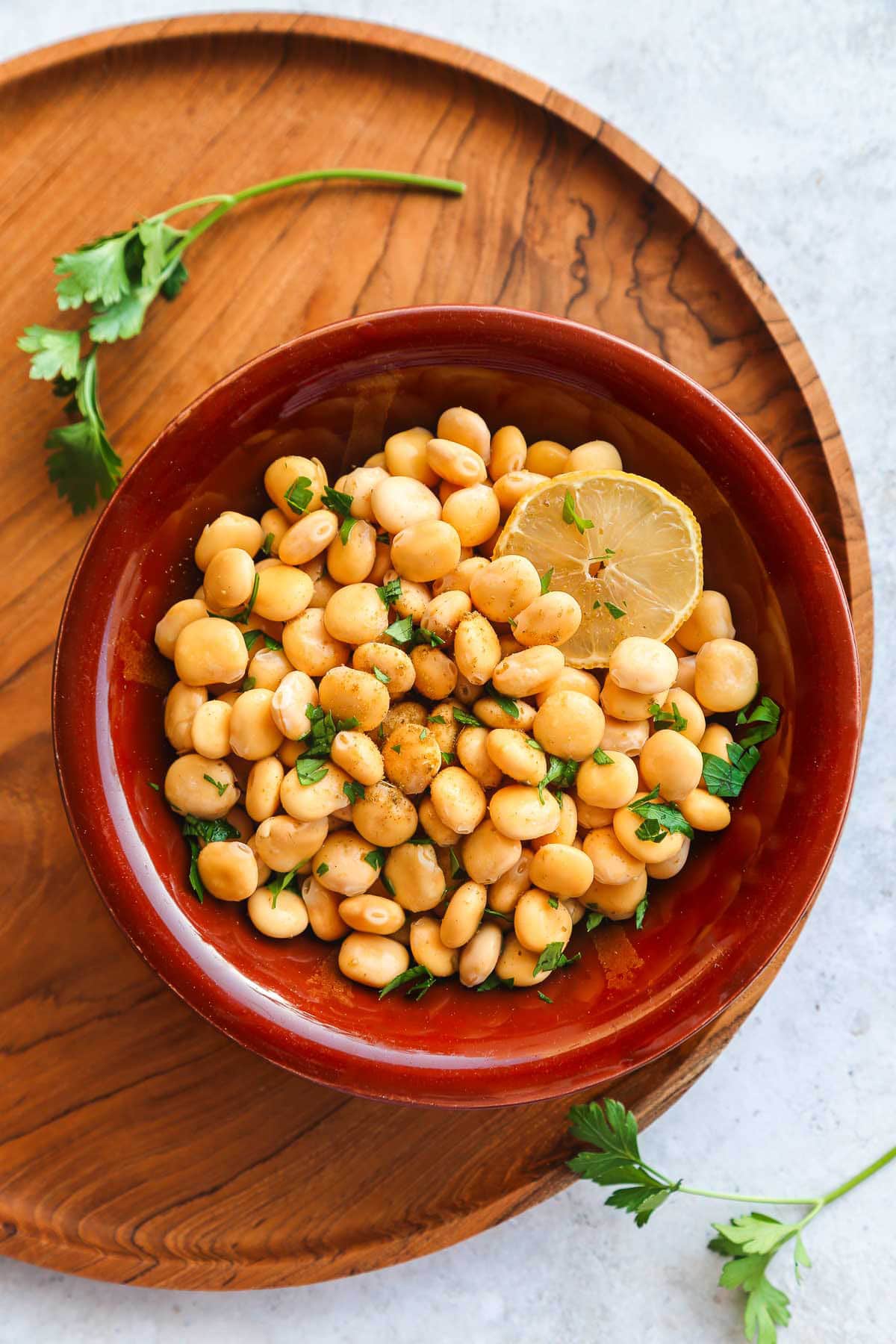
What are lupini beans?
Lupini beans or lupin beans (Turmus in Arabic) are very healthy beans that can be served as snacks or antipasti. They’re very delicious and also really good for you!
These beans are legume seeds. They are popular in Mediterranean countries such as Greece and Italy, and they’re also very well known in Middle Eastern countries like Jordan and Egypt. Usually served as snacks on their own or as antipasti, and popular street food in the Middle East.

In Italy, lupini beans are mixed with olives to be served as snacks at Christmas time. They are also added to hot and cold salads (scroll down to see the picture).
In Jordan, Turmus is usually sold dried in the supermarkets. To prepare it, it needs to be soaked in water and then cooked until it’s semi-soft. it’s quite starchy and smells a little bit like potatoes.
Lupini beans are easy to find in the UK and in the US, I’ve seen them sold dried and canned in brine in oriental shops. I also ordered them from Amazon a few times.
Benefits of lupini beans
- These beans are high in protein (40%), and fiber (40%). So every 100 grams of cooked lupini beans, contain around 40 grams of protein.
- These beans aid in resorting and building cells, tissue and muscle in the human body.
- As Lupin beans are high in fiber, they are able to lower the cholesterol in the body and clean the blood vessels. So they’re also good for the heart.
- And finally, these beans are packed with antioxidants and can help prevent inflammation.
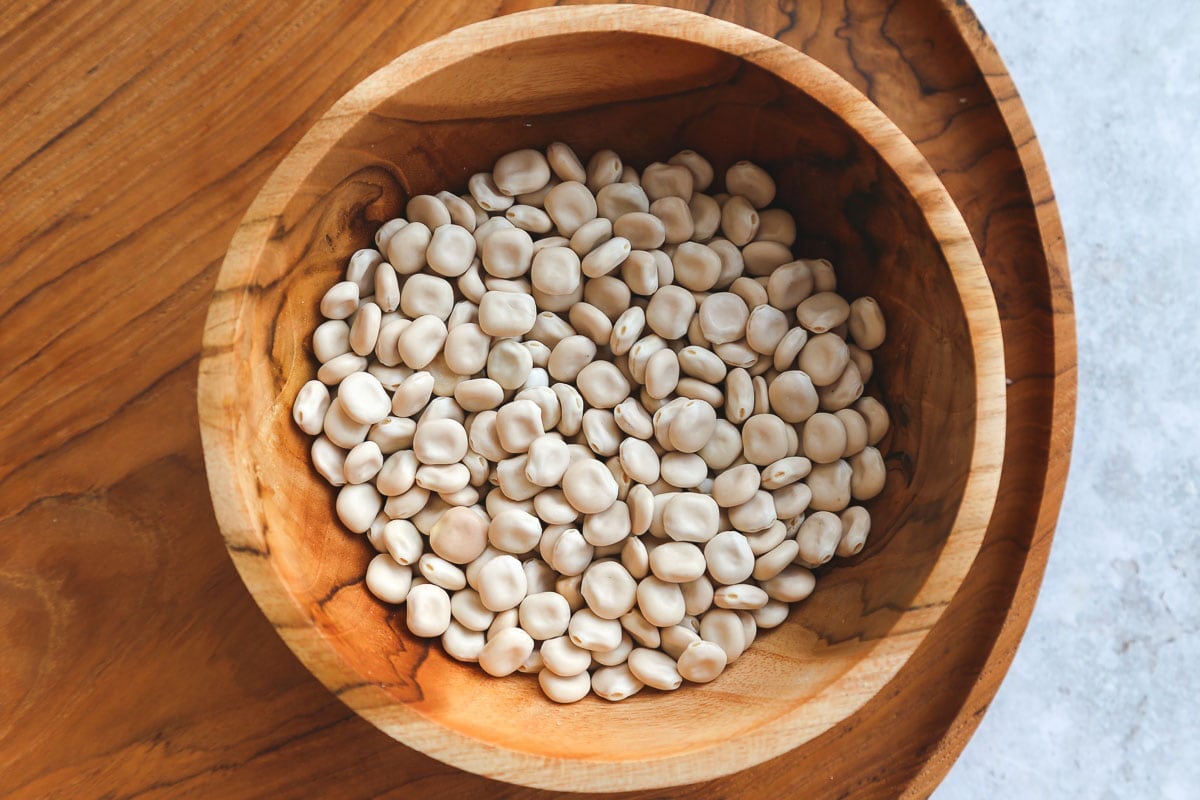
There are 2 kinds of dried lupini beans:
- There’s a bitter variety that takes longer to prepare as it needs to be soaked for several days in water, and water needs to be changed every few hours or at least every day. Then the beans need to be cooked, and if they’re still bitter then they need to be soaked again in water.
- The other kind of lupin beans is sweet, these beans are not literally sweet but they’re not bitter either (the variety is just called sweet). They can be prepared quickly, by just soaking them in water for a few hours, then they’re cooked for 30 minutes or until they’re sort of soft and yellow in color.
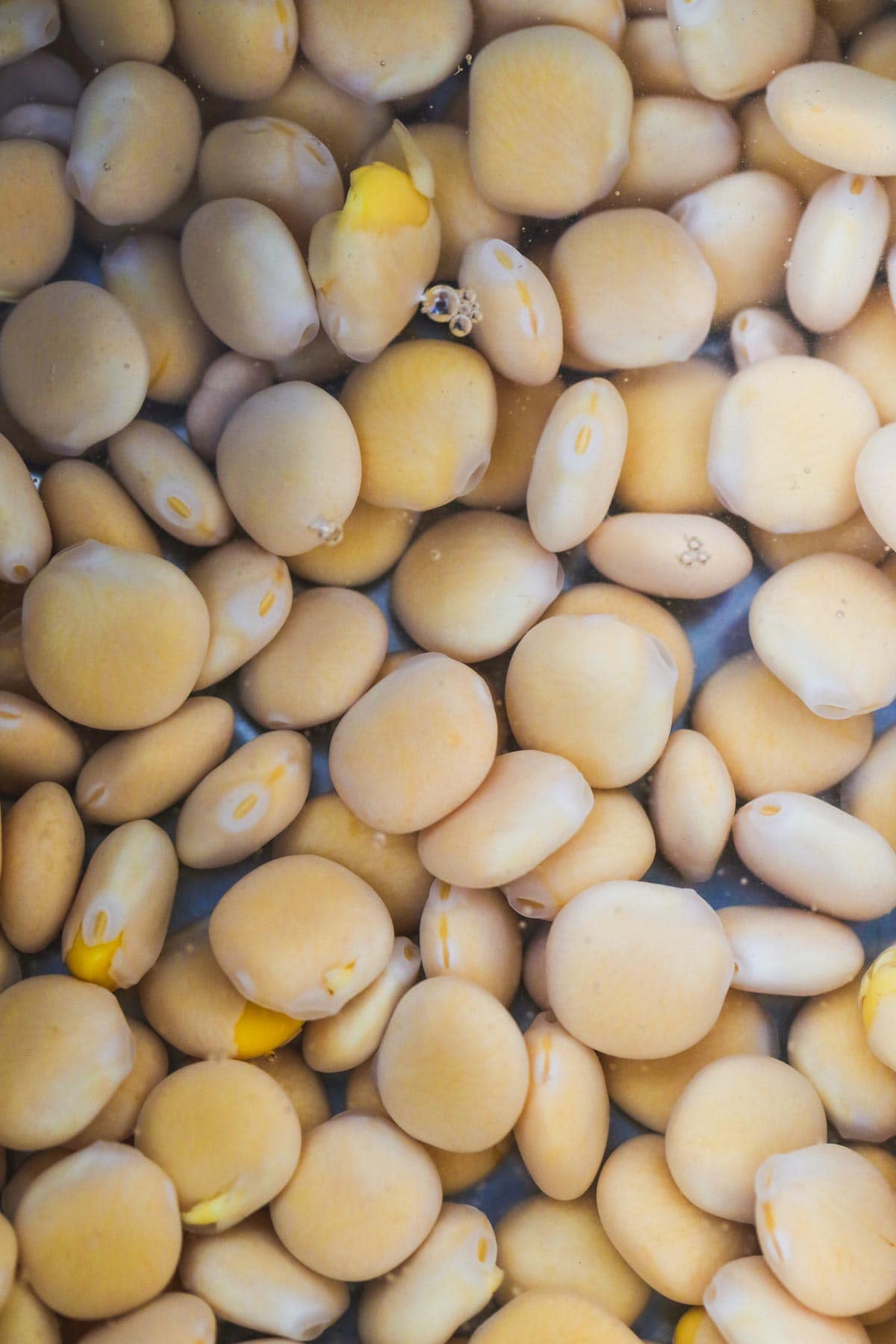
How to cook dried lupini beans?
You can either cook Lupini beans from dried in a pressure cooker or over the stovetop. I prefer the pressure cooker method (I love using my Instant Pot!) as it saves a lot of time, and it’s just more convenient as it means that I won’t have to keep checking on the beans.
- Depending on which type of Lupini beans you have, soak them in cold water (if you’re using the bitter kind then soak for days and keep changing the water, if you’re using the sweet variety then soak for a few hours of overnight and then cook).
- Rinse the Lupini beans, transfer to a pot or pressure cooker and cover with the lid. If you’re using a pressure cooker, then pressure cook on high for 20 minutes. If you’re cooking them over the stovetop then they will take about an hour.
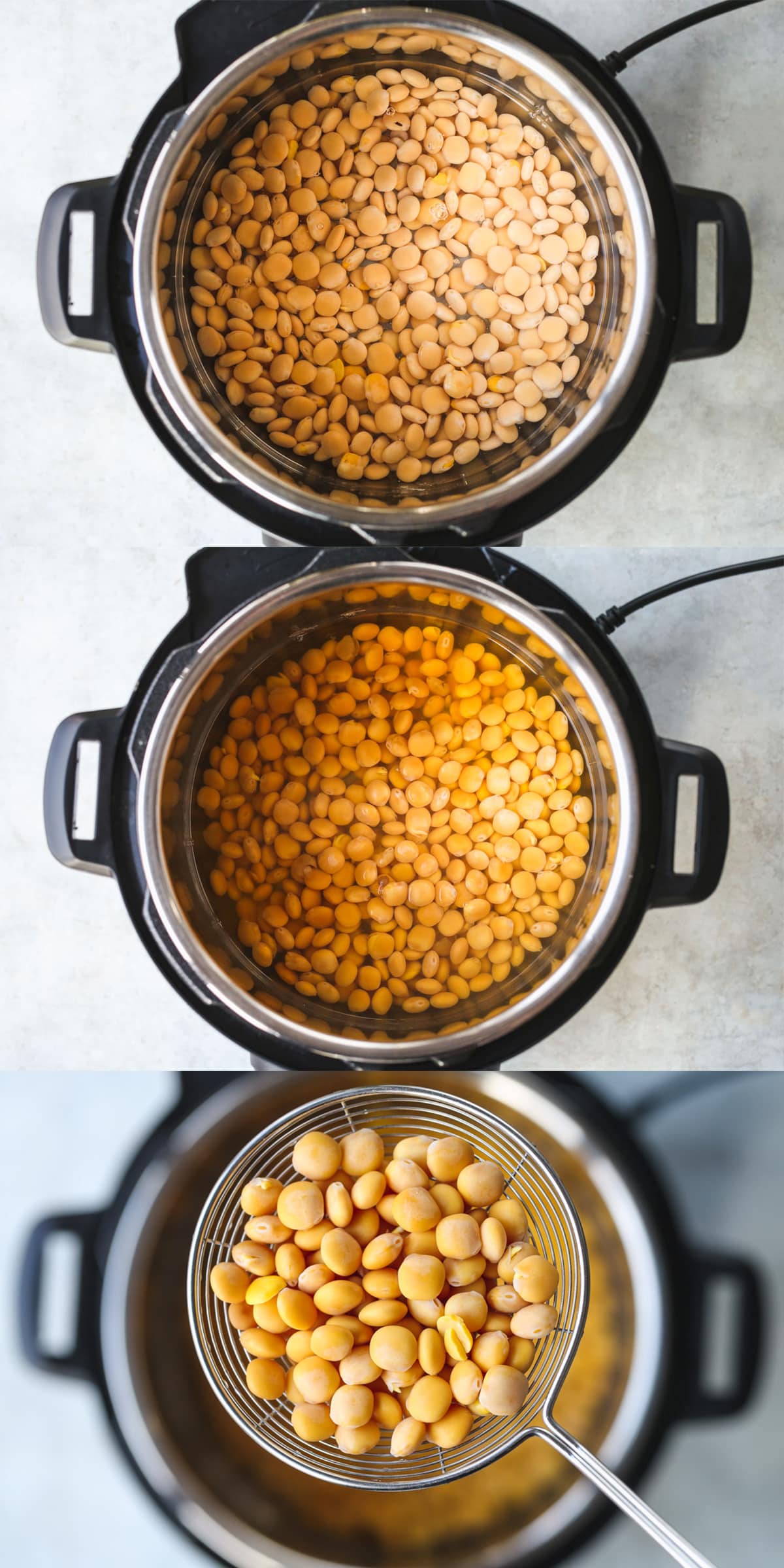
Middle Eastern Lupini Beans “Turmus”
In the Middle East, you will see many street vendors selling these tasty beans that are perfectly cooked, then seasoned with cumin, salt and lots of lemon juice. Many people cook beans at home in the Middle East. They are also usually paired with beer (like bar nuts) as they make a great snack.
The beans are first soaked in water, and then cooked in boiling water until they’re soft enough to eat. Ground cumin is a very important ingredient, as lupini beans can cause bloating to some people and it’s believed that ground cumin can prevent bloating. After the Turmus is cooked, add lemon juice. Then sprinkle with ground cumin and salt.
Tip!
The beans are eaten cold and are stored in the fridge in an airtight container for up to 3 days.
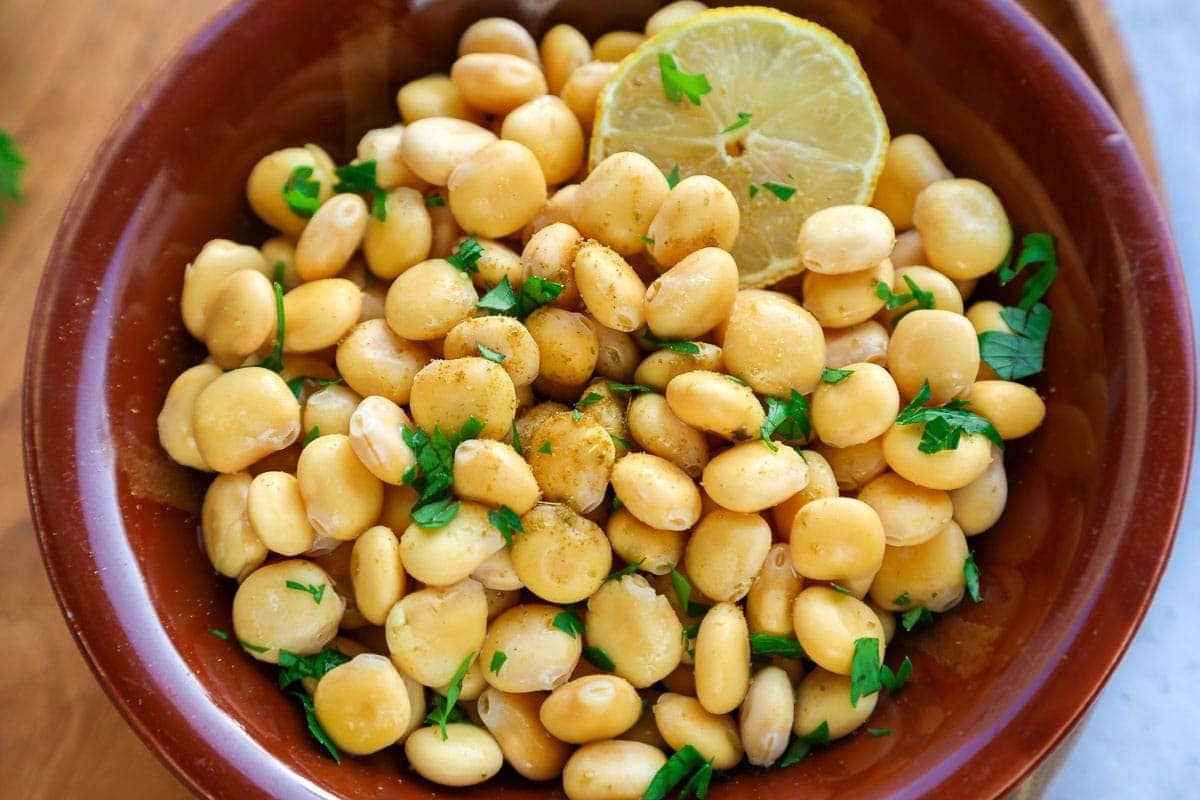
How to eat lupini beans?
Lupini beans are eaten one by one, by tearing the skin with your teeth and then popping the seed into your mouth.
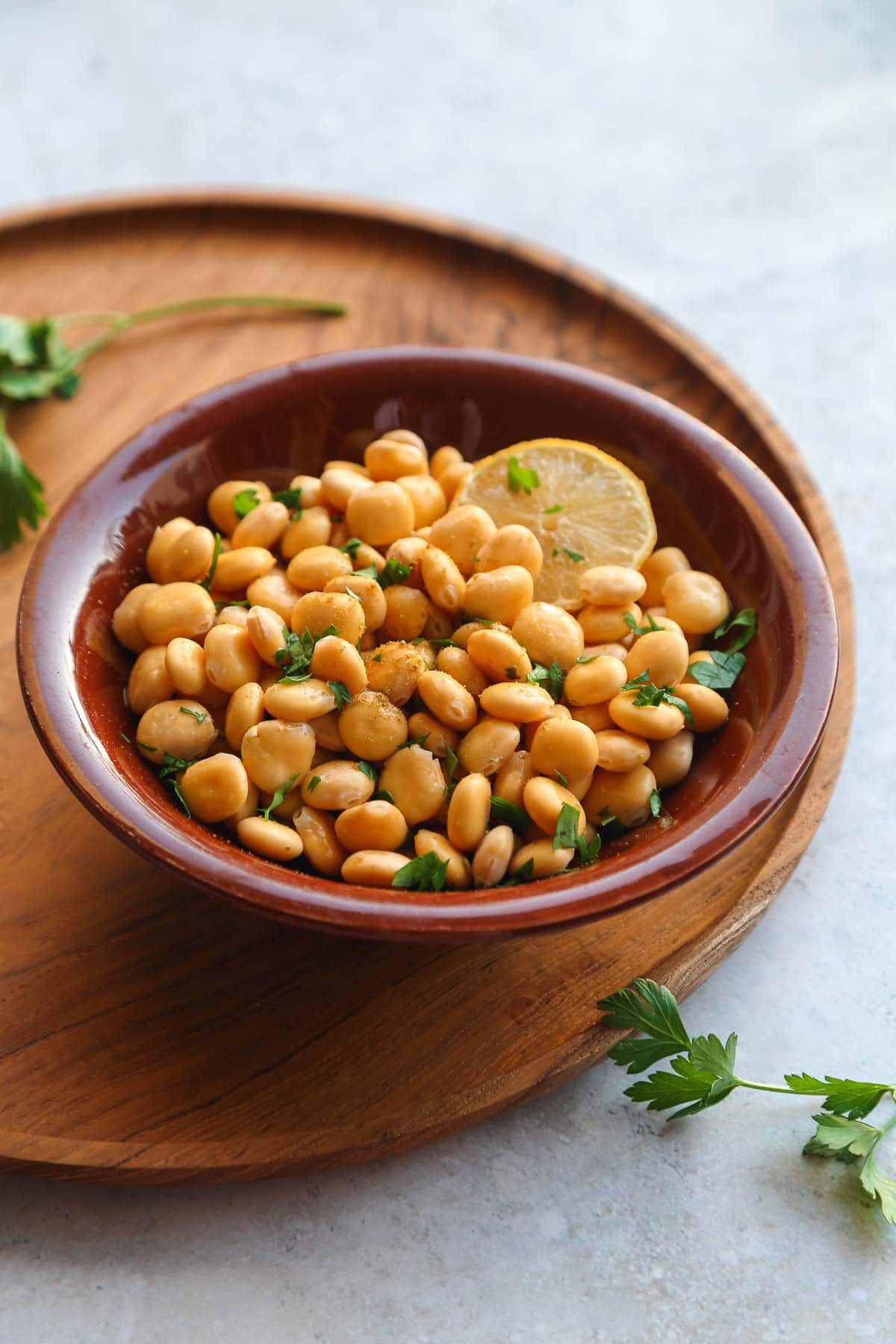
The beans are also used in making lupini flour, and even tofu!
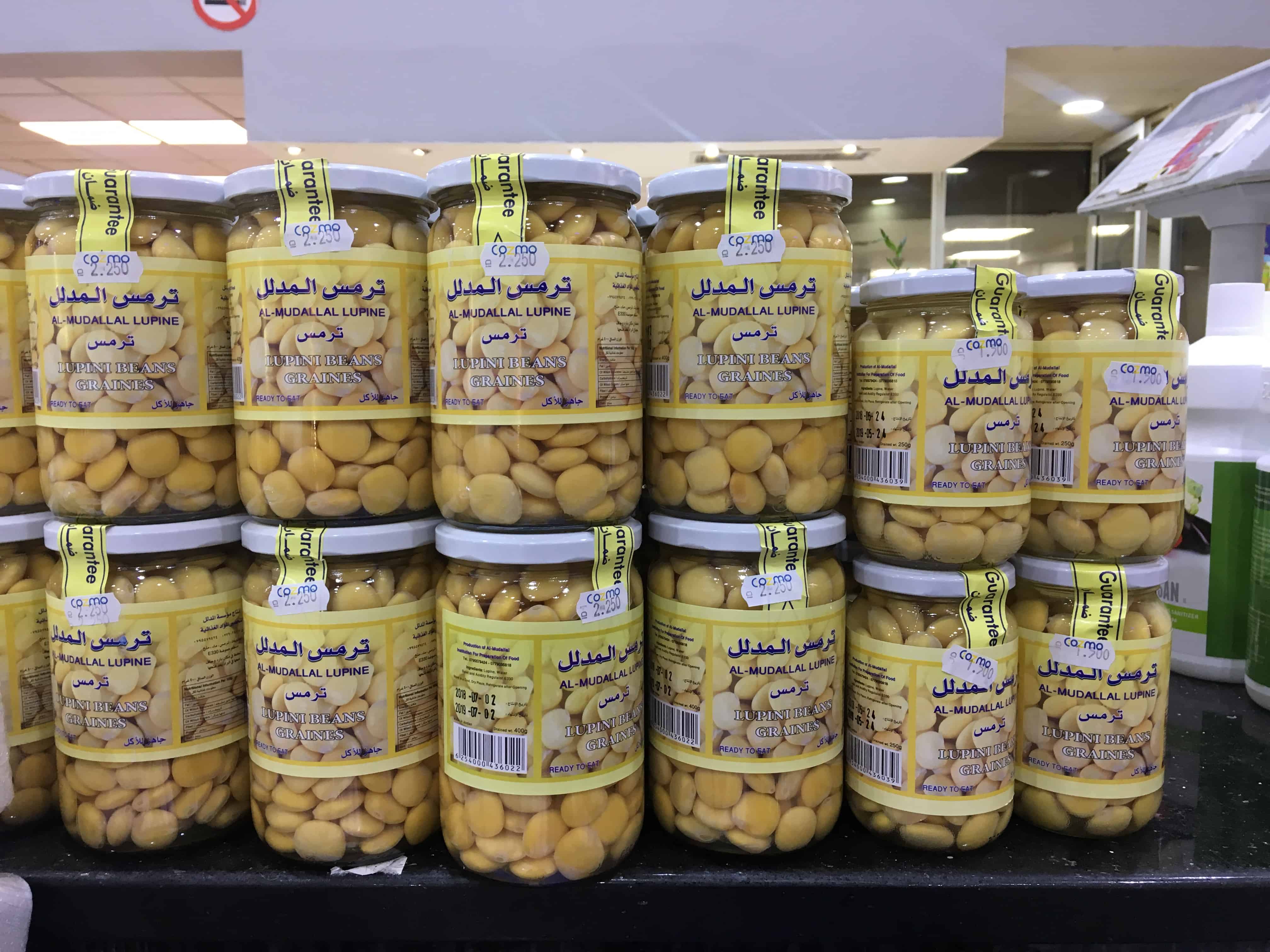
You can buy Lupin beans pickled, or canned in brine. They are also sold as dried beans.
Italian Lupini beans and olives
As I mentioned above, lupini beans are also popular in Italy. They’re usually served at Christmas time as antipasti or snack. Often mixed with black or green olives with pits traditionally, however, I sometimes use pitted olives which makes my life easier.
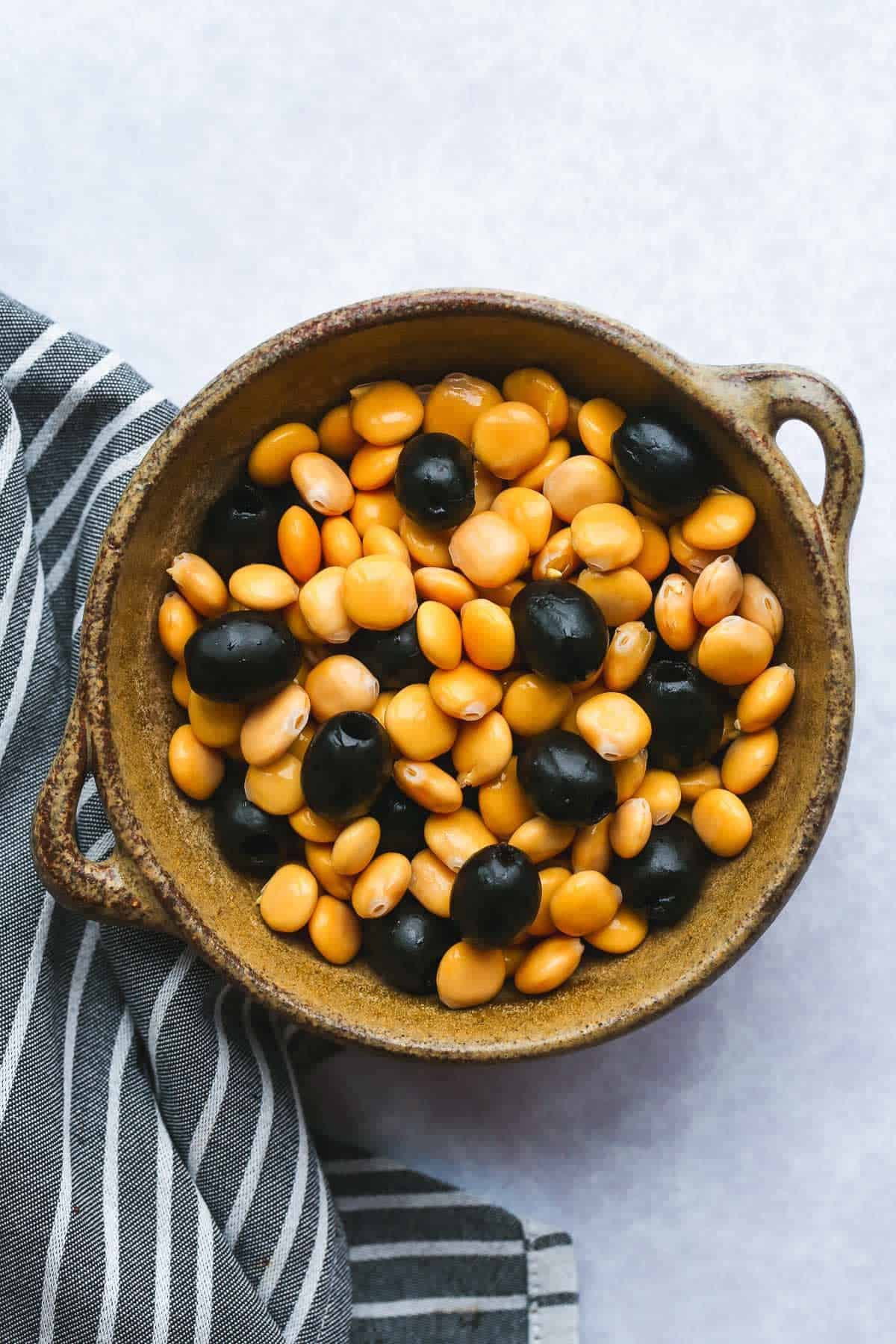
I also recently found out that Lupini beans are eaten as a snack in Spain (known as chocks or altramuces), and in Portugal (known as tremoços).
How to store dried lupini beans?
Dried beans can be stored for up to 24 months in an airtight container, stored in a dry place at room temperature.
Did you make this? Be sure to leave a review below and tag me on Facebook, Instagram, or Pinterest!
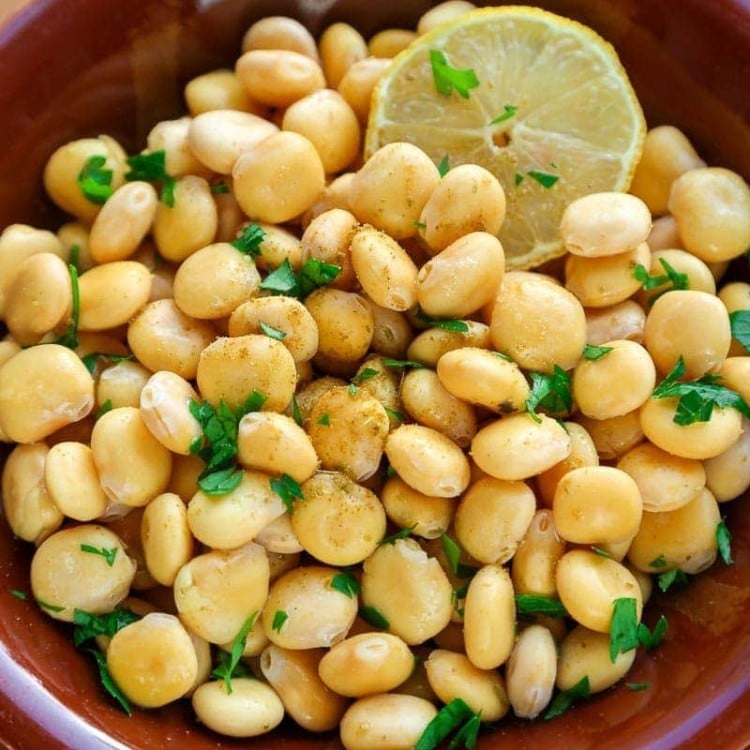
Middle Eastern Lupini Beans
Ingredients
- 3 cups (540g) lupini beans dried
- 1 lemon juiced
- 1 tablespoon ground cumin
- 20 grams parsley chopped
- 1 teaspoon salt
Instructions
- Soak lupini beans in water for a few hours.
- Add to boiling salted water, and cook until they’re soft enough to eat. This should take around 30 minutes but it depends on the variety of the lupini beans you’re using.
- Rinse the beans, then add lemon juice, ground cumin, and salt. Give it a good mix so cumin and salt and well distributed.
- Sprinkle with chopped parsley and serve!
Notes:
- Lupini beans used in this recipe are “sweet” lupini beans that don’t require to be soaked in water for days. If you’re using a bitter variety, then you will need to soak them in water for days and keep changing the water twice a day.
- If you are allergic to peanuts, double-check that you’re not allergic to lupini beans as well before eating them.
- The beans are eaten cold and are stored in the fridge in an airtight container for up to 3 days.
Nutrition Information
This website provides approximate nutrition information for convenience and as a courtesy only. Nutrition data is gathered primarily from the USDA Food Composition Database, whenever available, or otherwise other online calculators.
© Little Sunny Kitchen
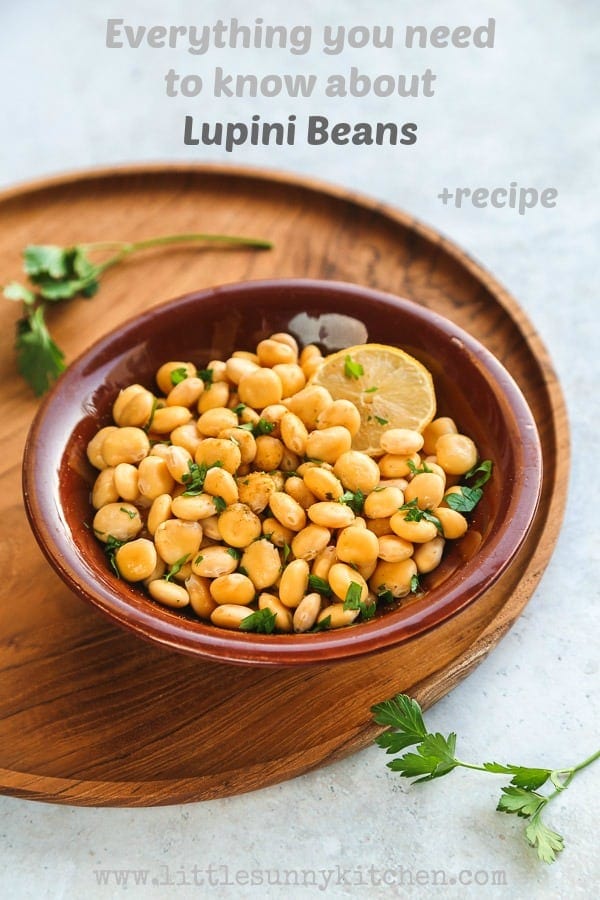
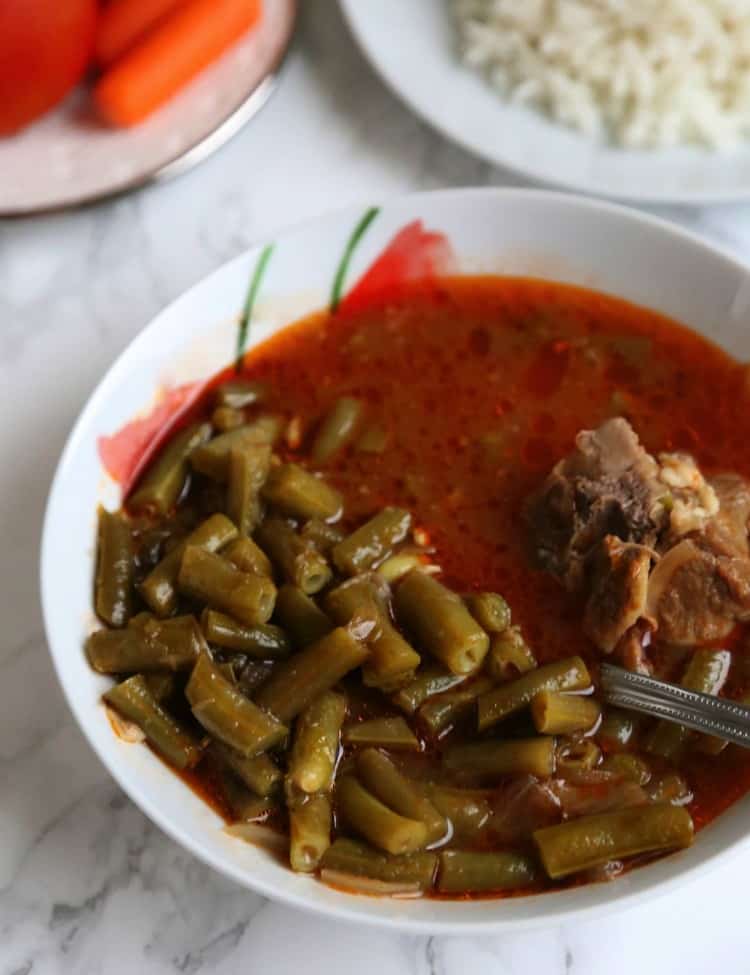
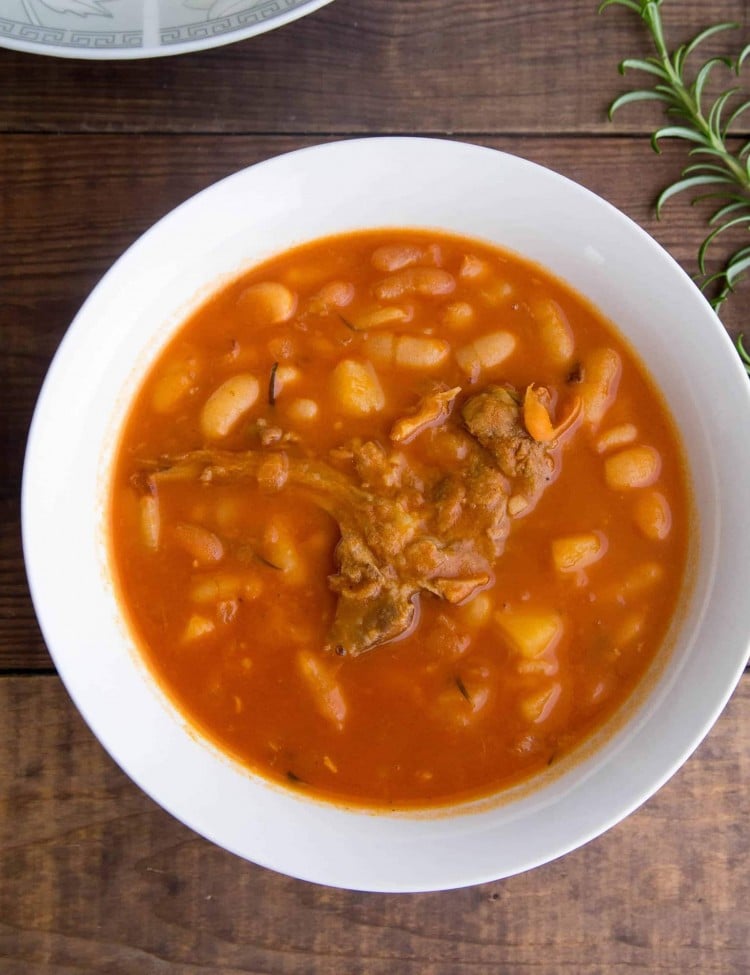
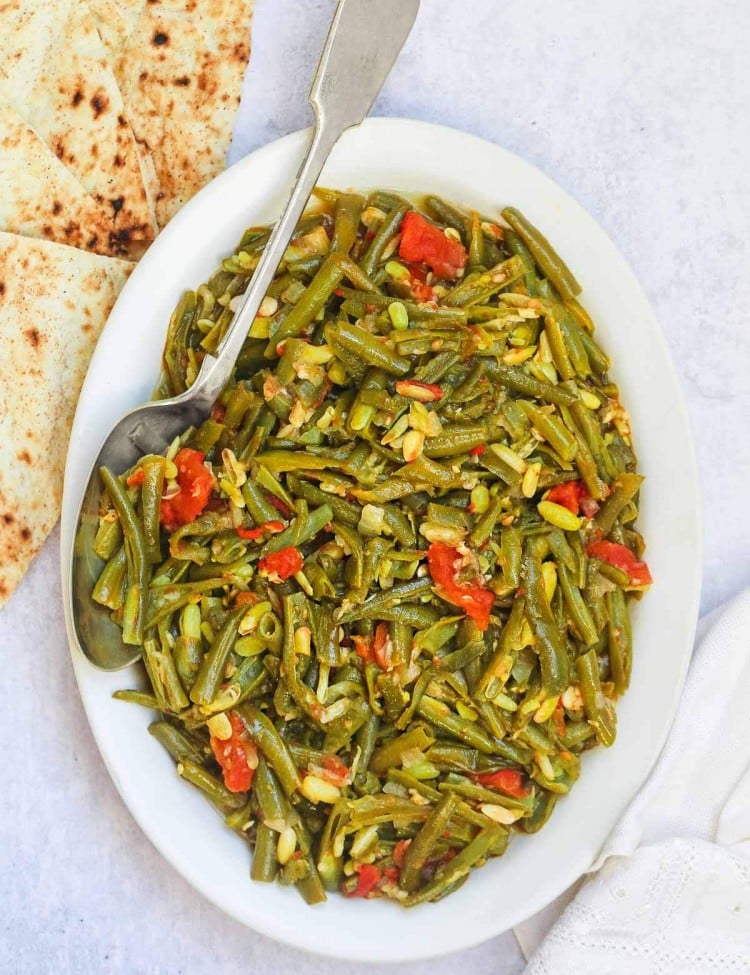

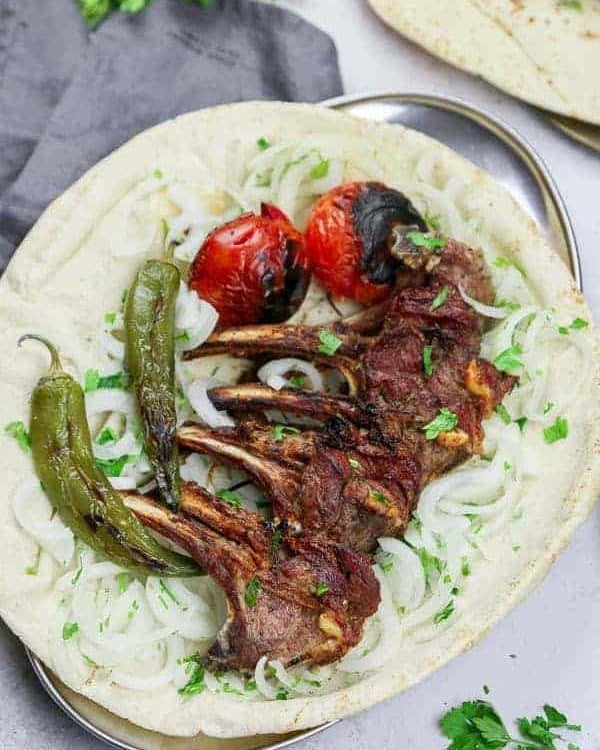
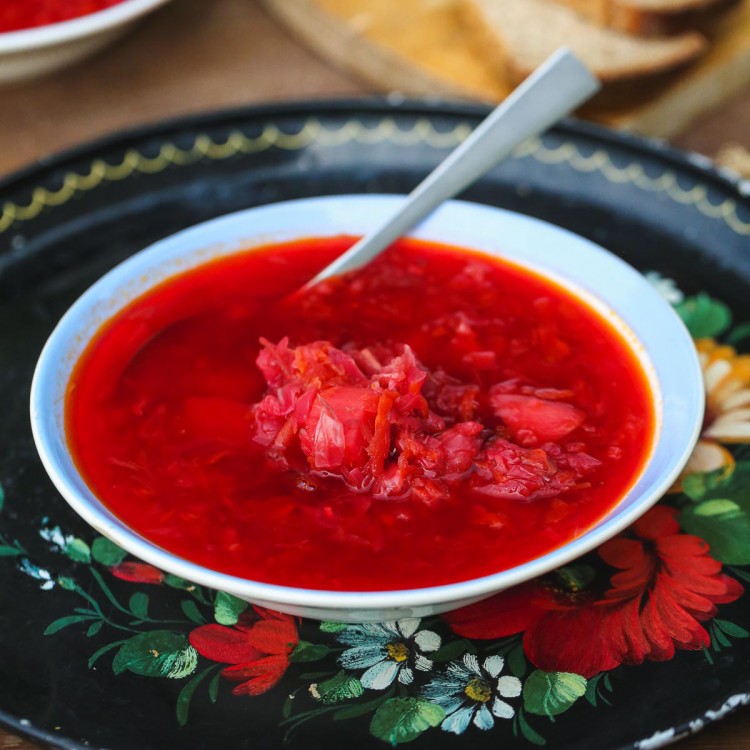
Dawn says
I bought some dried Lupini beans and did everything on the list to prepare them … washed, soaked for 24 hours, boiled for 2.5 hours changed water half way through then soaked them for 5 days changed water twice a day, and finally boiled them in a pan of water and salt
I used some of them to make a Humous and although it tastes good it is a much drier Humous than with other beans and the actual bean is not as soft as I would have expected. I have the remainder in the fridge in the brine but am wondering if they are meant to be soft and if I have done something wrong. I used Sofra dried Lupin beans. Thanks,
Dawn
Diana says
Hi Dawn, chickpeas are definitely creamier than lupini beans. I’ve never tried making hummus or any type of food using lupini, we just eat them as a snack. If they’re soft but hold their shape well, it means that they’re cooked. If you think that they need to be boiled for longer, you can try and see if the texture can improve.
Cheryl says
Hi,
Where do you find Sweet Lupini beans? Everywhere I’ve seen them they aren’t labeled.
Thanks!
Kate says
Hi! I soaked for three days then threw them in the instant pot, but they still came out bitter. I’ll soak for a few more days. Do I cook them again after that?
Diana says
Hi Kate, I soak them until they’re no longer bitter (it’s ok to taste one), and then I cook them. I think you can try and soak them for a couple more days and see if they’re no longer bitter and edible but they’ll turn into mush if you cook them again.
Renee says
Hi I have a jar of Marconi Lupini Beans sitting here-they re calling it an italian snack food..can I use your recipe on it. They are set in water only.
Is there any way to prepare these beans such that my dinner guests do not have to peel the skin?
Diana says
Hi, it looks like yours are already cooked and brined so you can serve them with lemon juice, chopped parsley, cumin if desired, and maybe check if it needs salt. The skins are difficult to peel because the beans are so small but you can definitely try with a paring knife and see how that goes (I personally wouldn’t do it though), I’d let the guests peel them as they eat.
fiona says
I love lupini beans. One question – if I soak a big batch for, say, seven days continuously changing the water can I then freeze them (or after I’ve cooked them) before eating them in smaller batches?
Diana says
Hi Fiona, unfortunately, I never tried freezing lupini beans so I can’t answer with certainty but I think that they freeze fine just like chickpeas.